SCIENCE & TECHNOLOGY

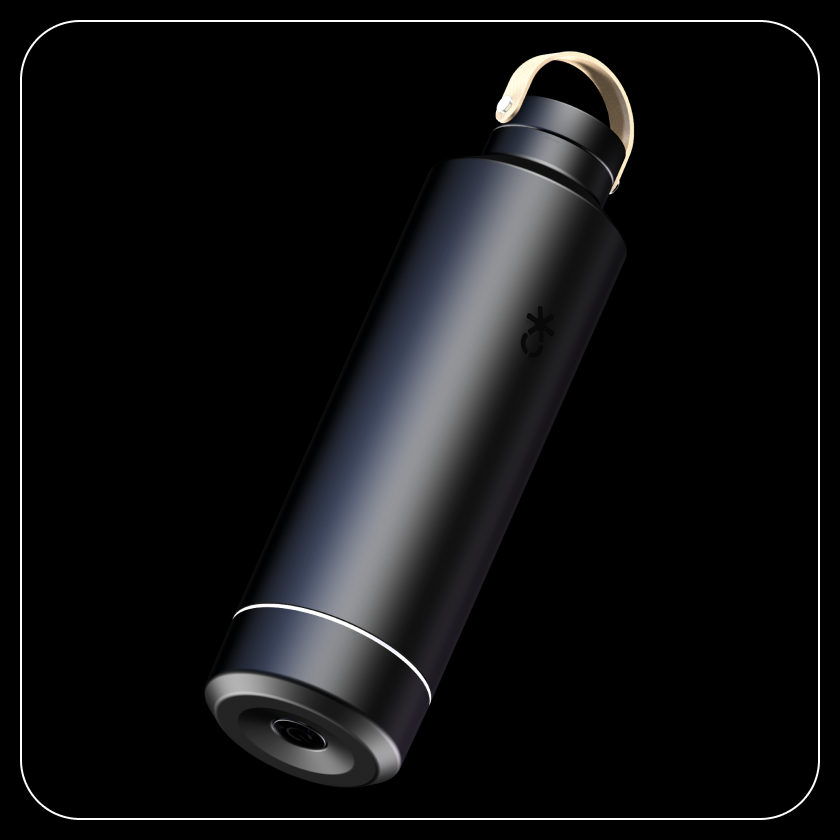
LUMA 1.0
Luma 1.0 is a portable hydration unit that utilizes UV-C light technology in the unit’s base component, for the purpose of eradicating bacteria. This results in the treatment of any microorganisms and bacterial contamination that may be present in water held by the unit. With daily activation of the UV-C light, mold and bacteria buildup within the unit are prevented, due to the eradication of any bacteria at its point of formation. This means that manual washing of the unit is not needed.
See here for independant lab study results conducted by Analytical Resource Labs.
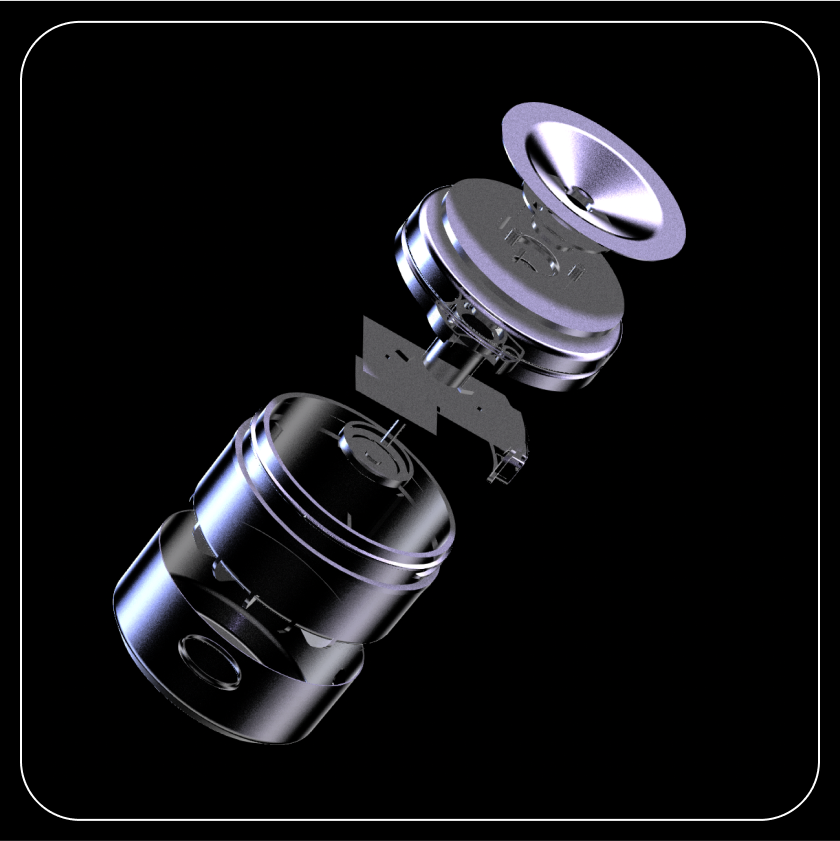
UV-C TECHNOLOGY
UV-C light is an extraordinarily effective method of bacteria disinfection that does not require the use of any chemicals, and over recent years, we’ve begun to see extreme growth in the UV-C disinection product industry.
UV-C light works by making use of a specific wavelength of ultraviolet light that neutralizes microorganisms. When microorganisms like bacteria, viruses, and other pathogens become exposed to UV-C light, the energy emitted from the light source damages the cell’s nucleic acid, resulting in the disruption of its DNA. This disruption means the cell can no longer cause infection or reproduce.
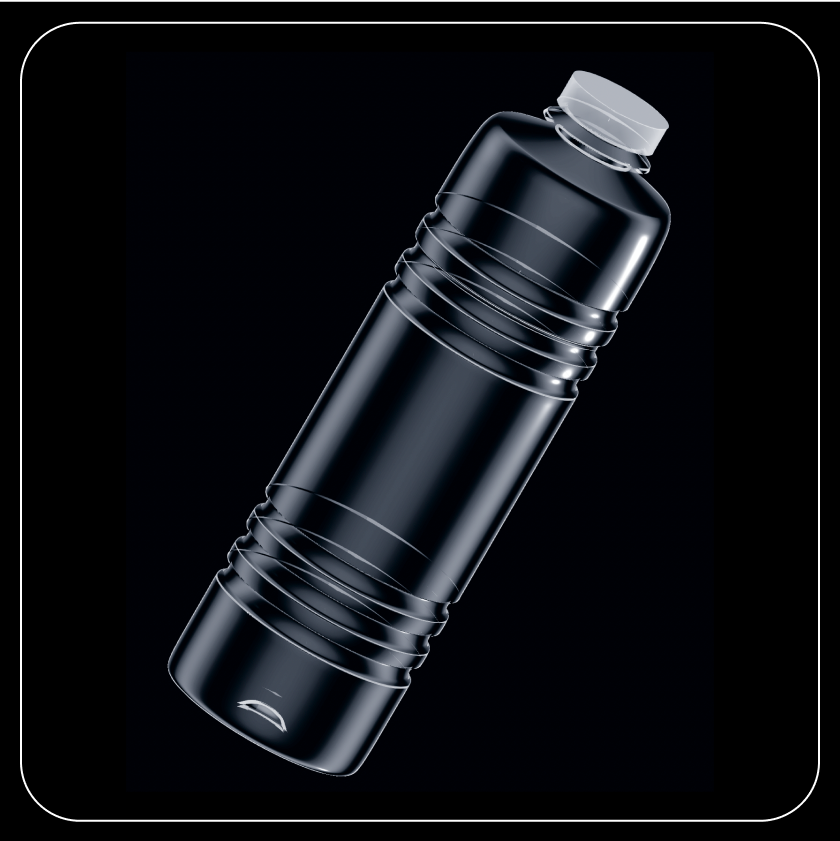
PLASTIC IMPACT
The long-term health effects of plastic-packaged food & beverage consumption have become more and more concerning as researchers continue to gather data. A disturbing trend that’s arisen over the past couple decades is the heightening rates of hormonal imbalances and infertility found throughout our global population, and more severely in males. While there are still many unknowns, researchers suggest a leading cadidate for the root cause of this trend is chemicals used to manufacture plastic that mimic the estrogen hormone.
A major inspiration behind Luma is to provide consumers with a plastic-free alternative to clean and portable drinking water.
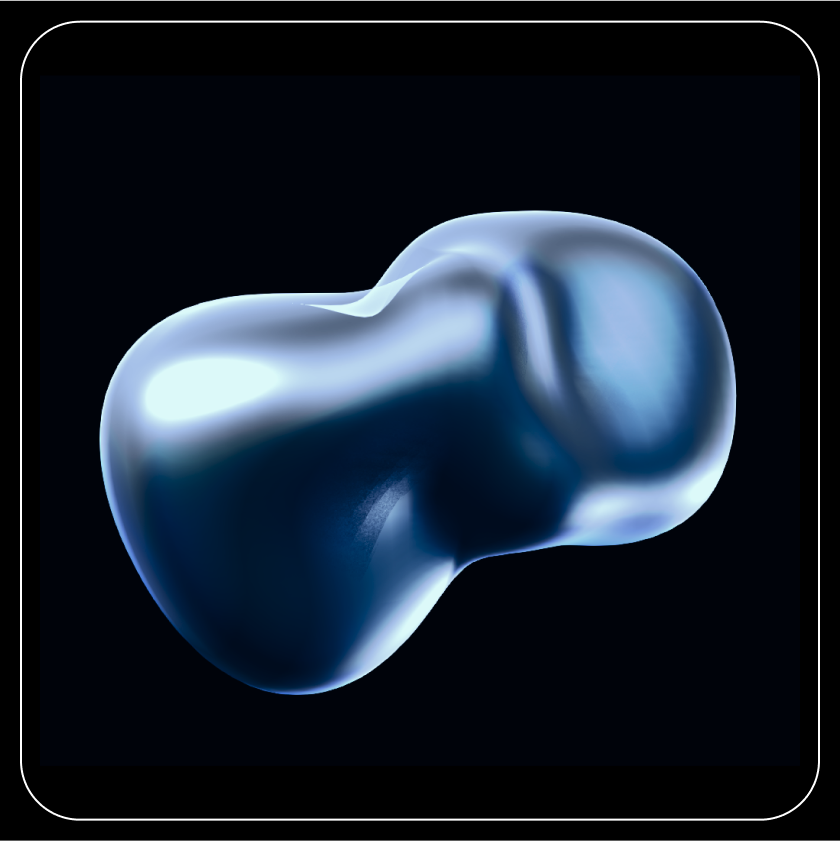
TAP WATER
The purity and safety of tap water varies significantly depending on a number of factors, such as geographical location and water source. The World Health Organization (WHO) estimates that over 2 billion people globally use a drinking water source contaminated with faeces. Microbial contamination of drinking-water as a result of contamination with faeces poses the greatest risk to drinking-water safety. The total number of people living in water-stressed countries is expected to intensify as a result of climate change and population growth.
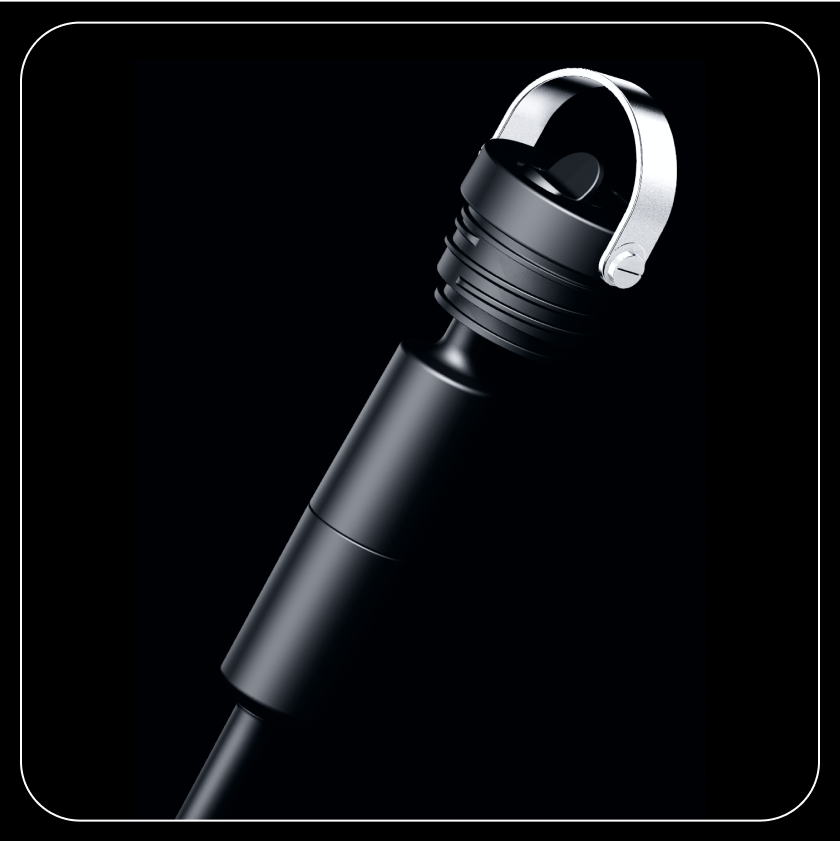
CARBON FILTRATION
We are currently working on the development of a carbon filtration component to further advance Luma’s ability to purify drinking water.
Because UV-C light alone is effective only in treatment for bacterial contaminants, an additional filtration method is needed to treat for non-bacterial contaminants, such as chemicals and microplastics. Water filtration via carbon works through a method called adsorption, where pollutants in the fluid are trapped inside the pore structure of a carbon substrate. Activated carbon is carbon that has been treated to have a much higher surface area compared to when non-treated, making it more effective in trapping pollutants.
